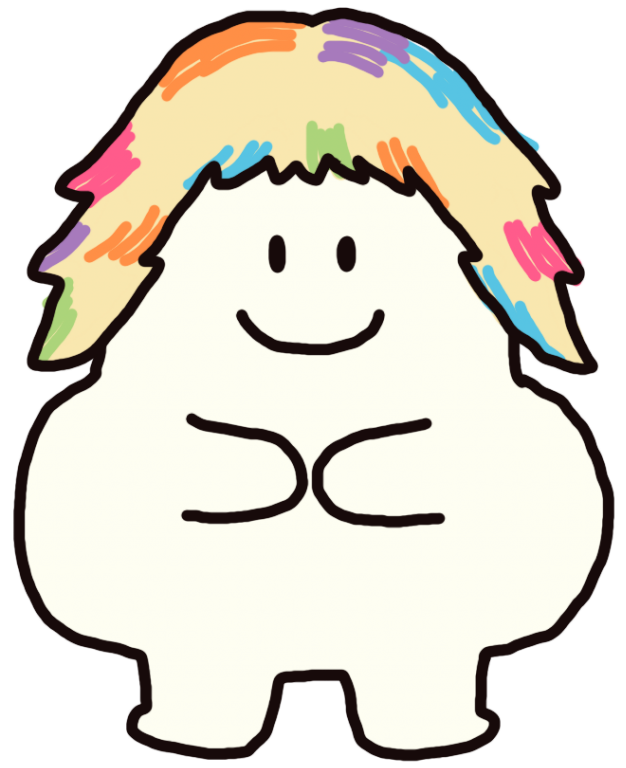After I revised my new project question last week, I now have an idea for my second intervention.
From the last intervention, participants were engaged with art toys directly from the artist’s shop and enjoyed painting them. For the second intervention, I want participants to touch and explore the art toys from POP MART’s blind box that I’ve bought.
My target group for this intervention will be anyone who is interested in art toys. I plan to do the intervention in front of the museum because I would like people who visit the museum to see the artworks will see another form of art, which is art toys. Artworks in the museum are legitimate forms of art that have the power to heal, and so do art toys!


The intervention idea is street engagement with art toys, which I call ‘Emotion in Motion’. I will choose the Tate Modern Museum to do the intervention because many people go to this museum, and the museum has a large public space around it. I think it will be good to gain people’s attention for my intervention.
Since the first intervention, all participants have received something back home as a reminder and a gift for participating in my intervention. In the first intervention, I gave them a small poster size of the intervention poster design. For the second intervention, I’m thinking about a postcard that imitates the form of a blind box but with an isometric design. But what should I do with a postcard?
So, I have an idea of putting information about art toys on the postcard, the history of art toys, so people who get the postcard can learn about them. Another thing that I want to put is a random image of art toys, so when participants receive a postcard, they will know how a blind box concept works by getting a random emotional art toy image inside their postcard.
Moreover, this intervention is about the emotions of art toys, so I got inspiration from the animation Inside Out, which is about the emotional characters inside people. I want to make this intervention easier for participants to understand, so I have divided the emotions into seven categories: Happy, Sad, Anger, Fear, Anxiety, Boredom, and Embarrassment. These emotions will be categorised as art toy images that I will put on a postcard. So, before they open a postcard, they will know how many emotions it has, BUT it’s a bind box concept, so they don’t know which one they will get.

As the image is shown below, I have designed a postcard with a history of art toys and a random image of it.


After I have all the intervention ideas, let’s take a look at the intervention plan…
Figure It Art: Emotion in Motion
- Objective:
- To explore how engaging with art toys can enhance emotional well-being by allowing participants to reflect on their current emotions and consider how different art toys can balance or heal those emotions.
- Why:
- Accessibility: Art toys are more accessible than traditional art forms, making art more approachable to a wider audience.
- Interactive: Art toys can be touched and played with, providing a tactile and engaging experience.
- Who:
- Public: People who may be unfamiliar with art toys, allowing them to learn about and engage with this unique art form.
- Gap:
- Art toys are often not perceived as legitimate art forms by the public (from research). This intervention aims to change that perception by demonstrating their value in emotional expression and well-being.
Plan: ‘How is your current mood?’ Play with art toys to balance your mood.
- Before the intervention
- Preparation: Set up a display area in front of the Tate Modern Museum. Prepare a variety of art toys and mood board activities.
- During the intervention
- Introduction: Greet participants and provide a brief overview of the project and its purpose
- Interact with art toys: Participants choose an art toy that represents a current emotion they are experiencing (e.g., sadness, anger, joy)
- Healing Pair: Participants then choose a second art toy that they believe can help heal or balance the first emotion.
- Mood Board
- Participants write their thoughts on the provided paper about how they think the chosen art toys can heal or balance their moods.
- After finishing all the activities, participants will get a postcard that gives information about art toys in the form of a blind box. They will also get random art toy images and emotions to show them what the concept of a blind box looks like.
Here is the image of a mood board and a question sign that I will use to set up a display.


I plan to do the intervention this weekend because many people will be around the museum. Can’t wait for it!
Reference:
Disney Animation Promos (2024) New character posters for Pixar’s ‘INSIDE OUT 2.’, X (formerly Twitter). Available at: https://x.com/DisneyAPromos/status/1767952361794814327
